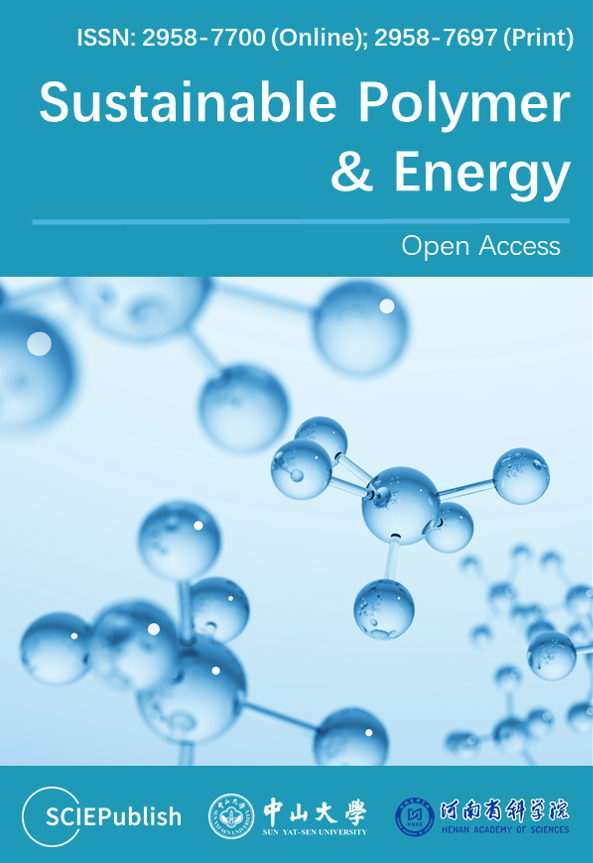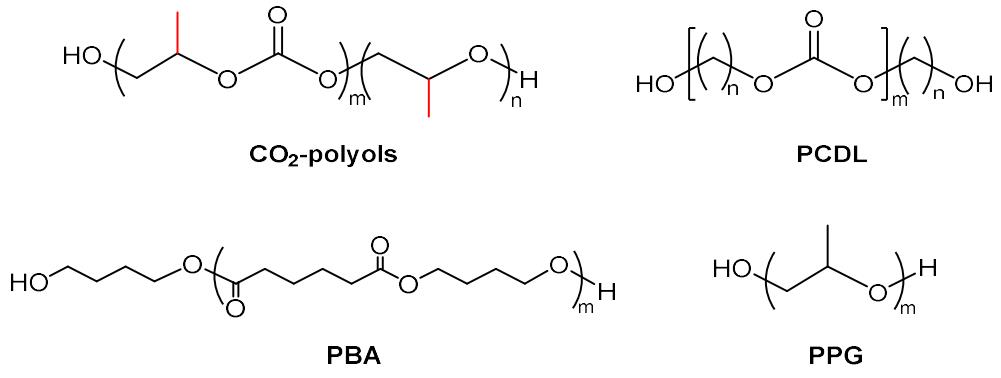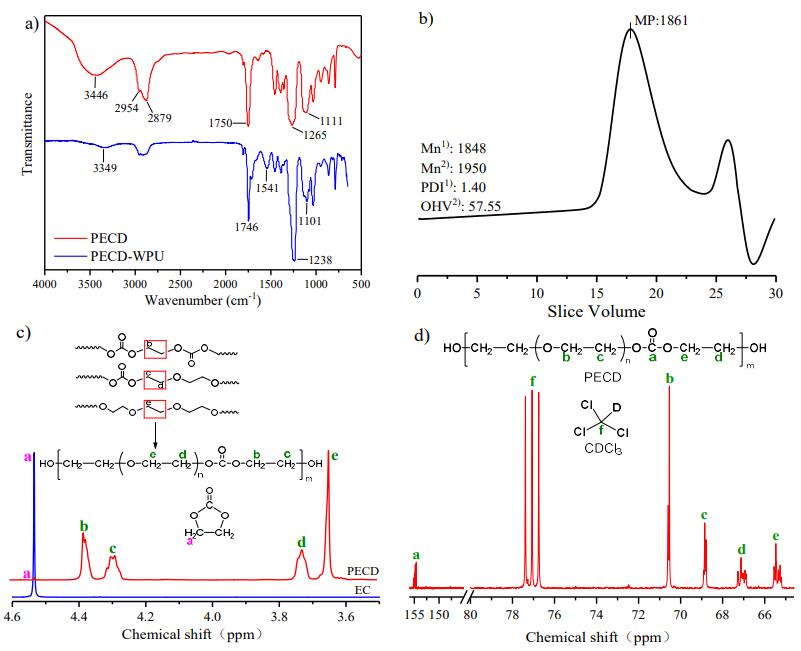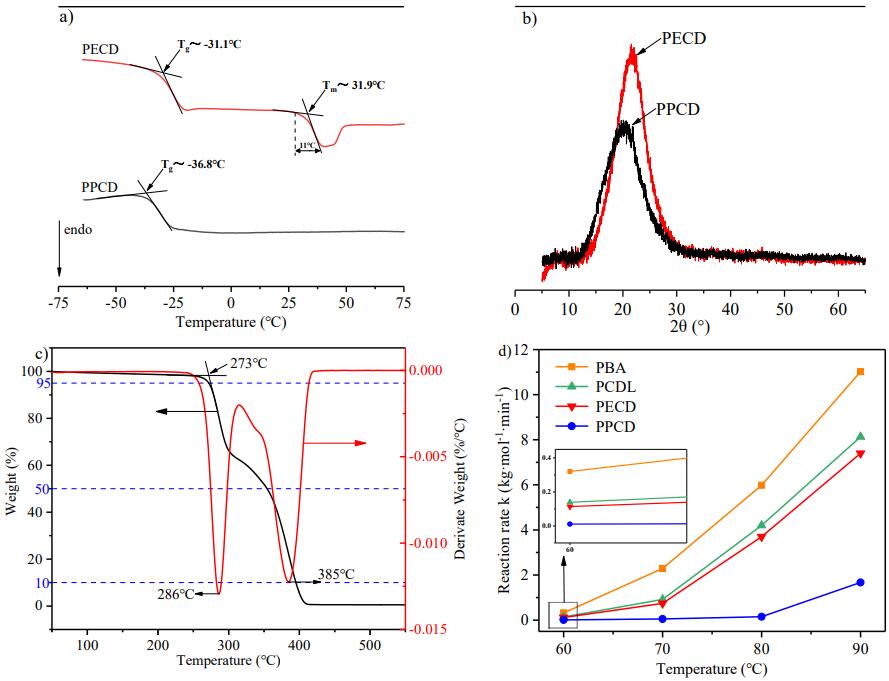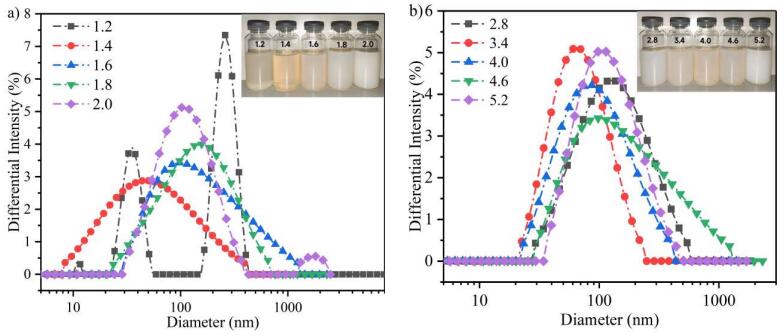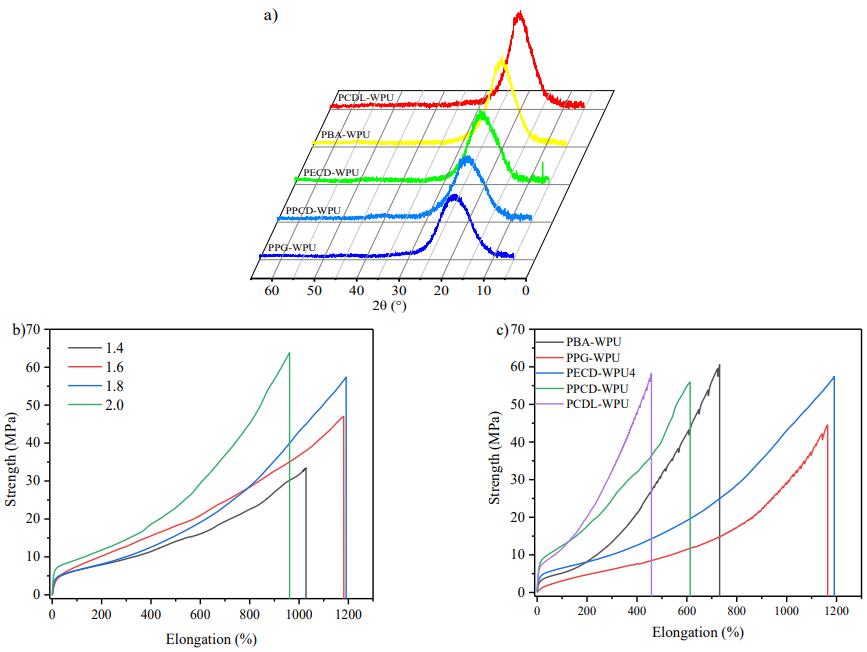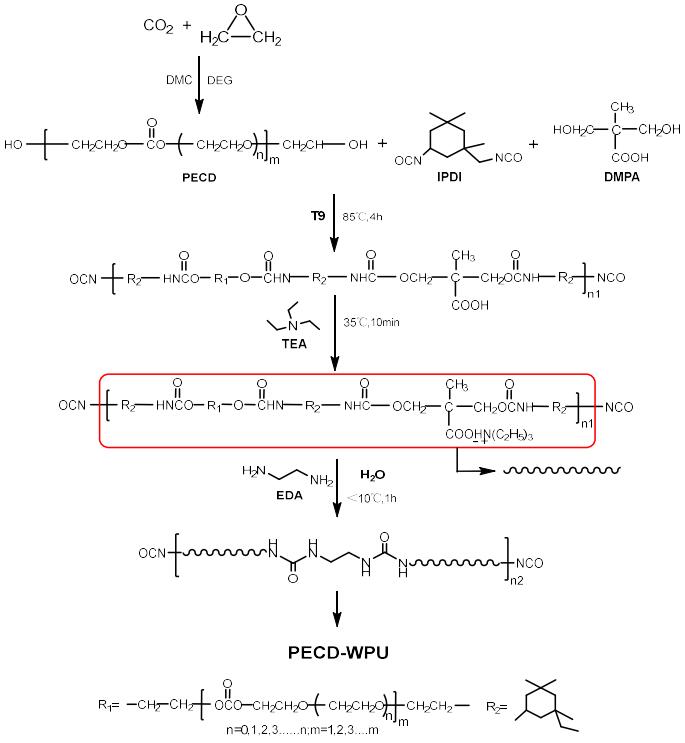International Conference of the German Society for Plant Sciences
Emerging concepts and Novel Mechanisms in Organ Fibrosis Workshop
ECB-IBS 2024
Five Editors-in-Chief Featured in the List of "Highly Cited
Prof. Yun Zhang, Scientific Advisory Board of /Cardiovascular Sci
Prof. Junhong Bai, Editorial Board Member of /Hydroecology and En
Five Editorial Board Members of /Photocatalysis: Research and Pot
5th Edition of Cardiology World Conference
2nd Edition of International Heart Congress
SBA3.0 International Synthetic Biology, AI, and Biosecurity Confe


